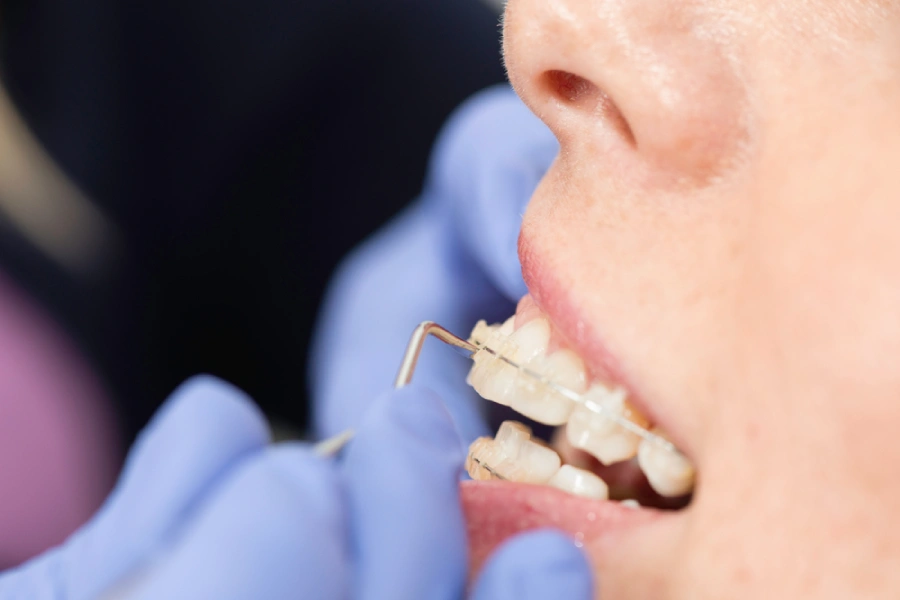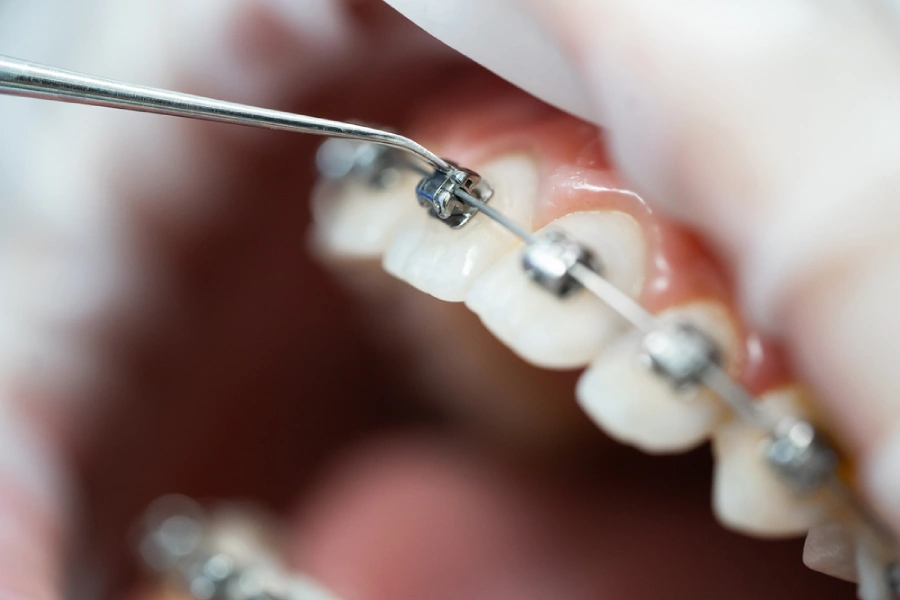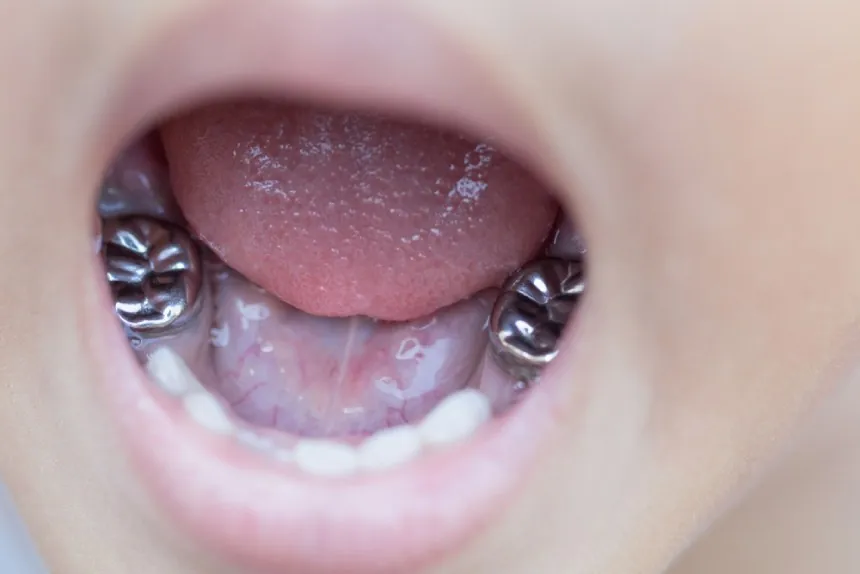Blog Summary:
Wondering if your first braces tightening will hurt? You’re not alone—it’s one of the most common questions new orthodontic patients ask!
While braces tightening can cause temporary discomfort, it’s a completely normal part of the process as your teeth shift into their Super Smile positions. The good news? That soreness usually fades within a few days, and there are easy, effective ways to stop braces pain after tightening.
In this post, we break down:
- Why braces cause pain (Hint: it’s all about bone remodeling and consistent pressure!).
- How often do braces get tightened? (typically every 4–6 weeks, depending on your treatment).
- What happens at your first tightening (spoiler alert: you get to pick new elastic colors!).
- How to stop pain after braces are tightened using AAO-recommended strategies like over-the-counter medications, oral anesthetics, and soft foods.
- You’ll also find helpful home remedies like cold compresses, saltwater rinses, and hydration tips to ease discomfort fast.
Will it hurt?
That’s the number one question that most people who’ve recently had braces put on and are due for their first tightening want to know.
The truth is that while braces tightening appointments can cause some temporary discomfort, as your teeth and jaw adjust to the added pressure that tightening causes, this discomfort usually goes away.
What’s more, there are tried and true methods you can use to help reduce or stop pain after a braces tightening appointment at your orthodontist’s office.
But before we get into all that, let’s take a step back and talk about why braces cause pain and what a braces tightening appointment at the orthodontist involves.
Why Do Braces Cause Pain & Is it Normal?
Braces slowly realign the teeth and jaw into a desired position over a period of many months to years. They do this by applying pressure to the teeth and jaw. This pressure is fairly gentle, yet consistent, and it gradually forces the teeth and jaw to move, bit by bit, to a healthy, optimal configuration under the supervision of an orthodontist.
This is made possible due to the principle of bone remodeling, which the American Association of Orthodontists defines as “a biological response to pressure that involves the breakdown and rebuilding of bone tissue around the teeth”.
Basically, each time pressure is applied, it creates an area of compression on one side of a tooth and tension on the other side. Teeth eventually settle into a “new normal” as the body removes bone in the area that’s compressed and forms new bone in the area of tension.
As the teeth move in the direction towards which pressure is applied, resistance changes, and, as a result, braces tightening is required. But when this happens, the “new normal” that had been established becomes disrupted, and new areas of compression and tension are established, which can cause discomfort or mild pain. This is normal and should go away as the body continually readjusts to the new pressure being applied. That usually takes a couple of days.
How Often Do Braces Get Tightened?
You might be wondering, “Just how often are braces tightened?”. In most cases, braces are tightened roughly every month to every six weeks, but this is an estimate, and your experience may vary.
What to Expect at Your First Braces Tightening
It’s normal to be a bit nervous before your first braces tightening appointment. You might even have questions! Luckily, any experienced orthodontist is more than prepared to answer them.
That said, here’s a rough overview of what normally happens at a braces tightening appointment:
- Your orthodontist will examine your teeth and jaw to ascertain to what extent your treatment is progressing as expected and to what degree adjustments need to be made.
- In most cases, your orthodontist will remove the current archwires and replace them while also replacing the elastic ligatures (this is when you get to pick new colors, which is just as fun for adults as it is for kids and teens!)
- In many cases, you won’t feel pain during or immediately after your appointment, but rather, a few hours later, lasting for up to a few days after an adjustment.
How to Stop Pain After Your Braces are Tightened
The American Association of Orthodontists recommends three courses of action for stopping pain after a braces tightening appointment.
- Over-the-Counter Pain Medications: Such as ibuprofen or acetaminophen can help relieve pain temporarily.
- Oral anesthetics: Such as benzocaine-based gels, can be used to topically remove pain within the mouth by numbing affected areas.
- Soft foods: Such as yogurt, smoothies, mashed potatoes, scrambled eggs, and soups can prevent you from causing more pain or adding more pressure to the teeth and jaw.
Other common methods of relieving pain after having your braces adjusted include gargling with salt water to soothe irritated gums or mouth sores, applying a cold compress to the outside of the cheeks to reduce inflammation, and making sure to hydrate to encourage healing.
Rely On the Super Dentists for Your Orthodontic Needs
Learn more about braces with The Super Dentists. With several orthodontic offices around the greater San Diego area, we’re here to make the process of getting braces as easy and pain-free as possible.
Schedule an appointment now to start your or your child’s orthodontic journey!












